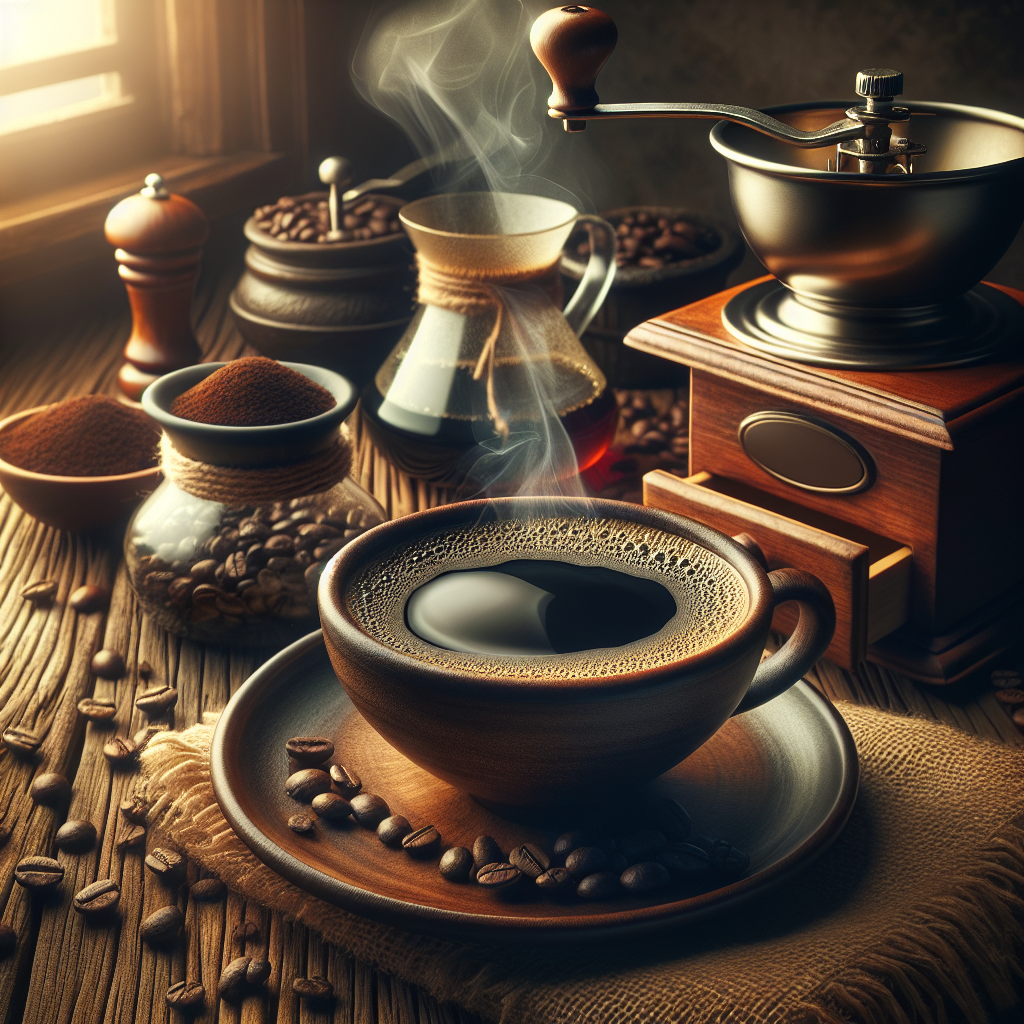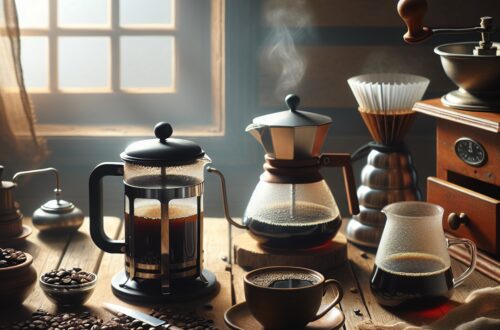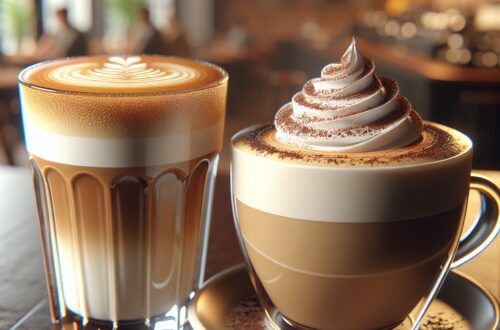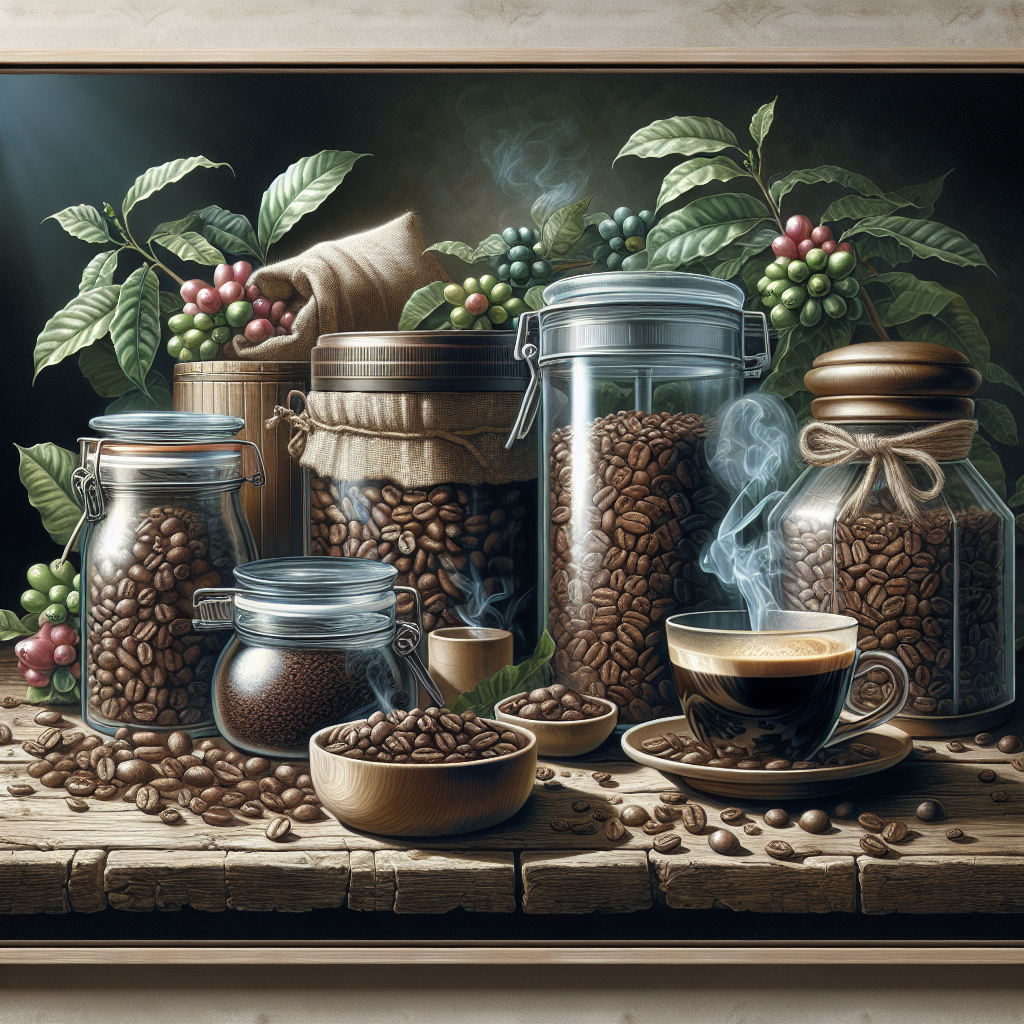“`html
The Ultimate Guide to Making Great Coffee at Home
Crafting a perfect cup of coffee at home is an art that requires the right equipment, quality ingredients, and meticulous technique. Whether you’re a coffee connoisseur or a casual drinker, following this guide on making great coffee at home will ensure a delightful brew every time.
| Brew Method | Standard Ratio | Adjusted Ratio (Personal Preference) | Notes |
|---|---|---|---|
| Drip Coffee | 60g per liter | 50-70g per liter | Adjust based on strength preference. |
| French Press | 55g per liter | 45-65g per liter | Leave to steep for about 4 mins. |
| AeroPress | 18g for 250ml | 15-20g for 250ml | Experiment with brew time for taste. |
| Coffee Percolator | 70g per liter | 60-80g per liter | Watch brewing time to avoid bitterness. |
| Cold Brew | 100g per liter | 80-120g per liter | Steep for 12-24 hours in cold water. |
Choose the Right Coffee Maker
A crucial first step in making great coffee is selecting the best coffee maker for your needs. Whether you prefer a drip coffee maker, espresso machine, French press, or AeroPress, each offers unique extraction methods that significantly influence the flavor of your coffee.
- Assess your preferred coffee style (drip, espresso, French press, etc.).
- Consider the convenience and ease of use.
- Search for features like self-cleaning functions.
- Evaluate the capacity relative to your needs.
- Check the versatility (e.g., milk frother, cold brew options).
- Assess the brewing speed.
- Compare initial costs and ongoing maintenance expenses.
- Read reviews and consumer feedback to gain insights.
Invest in a Quality Burr Grinder
Grind size consistency is vital for achieving balanced coffee extraction. Investing in a quality burr grinder ensures uniform coffee grounds, which is essential for flavor and aroma.
- Understand the difference between burr and blade grinders.
- Consider the types of burrs available (flat vs. conical).
- Assess the grind size range and settings flexibility.
- Look for grinders that offer consistency in particle size.
- Check for ease of cleaning and maintenance.
- Compare build quality and durability.
- Evaluate noise level and speed of operation.
- Read user reviews and ratings.
Use Fresh, Quality Beans
The foundation of any great coffee is fresh, high-quality beans. Whenever possible, choose whole bean coffee and grind it just before brewing for maximum freshness and flavor.
- Source beans from reputable suppliers or local roasters.
- Pay attention to the roast date rather than the expiration date.
- Choose beans according to roast level preference (light, medium, dark).
- Consider the origin of the beans to influence flavor profiles.
- Buy whole beans instead of pre-ground for maximum freshness.
- Use beans within a few weeks of the roast date for optimal flavor.
- Explore different types of beans (Arabica vs. Robusta).
- Store beans properly to maintain freshness.
Measure Coffee and Water Ratios
The right ratio of coffee to water is key to brewing consistently excellent coffee. While the standard brewing ratio is around 60 grams of coffee per liter of water, it can be adjusted according to personal preference.
- Learn the standard brewing ratio (about 60 grams of coffee per liter of water).
- Adjust ratios based on personal taste preferences.
- Use precise measuring tools like scales and measuring cups.
- Understand the impact of too much or too little coffee.
- Experiment with different ratios for various brew methods.
- Record effective ratios for repeatability.
- Ensure consistent water temperature and volume.
- Understand how grind size can affect extraction with different ratios.
Utilize Filtered Water
Water quality dramatically impacts the taste of your coffee. Using filtered or fresh spring water ensures that your coffee isn’t tainted by impurities found in tap water.
- Understand how water quality affects coffee flavor.
- Use filtered or fresh spring water, avoiding tap water when possible.
- Avoid distilled water due to the lack of minerals.
- Test your water for hardness and pH balance.
- Invest in a good water filter if necessary.
- Understand different water filtration methods (e.g., carbon or reverse osmosis).
- Store water adequately to maintain its quality.
- Refill the coffee machine’s water reservoir regularly to avoid using old water.
Mind Your Brewing Temperature
The ideal brewing temperature range is between 195°F to 205°F (90°C to 96°C). This temperature range ensures optimal extraction and brings out the best flavors in your coffee.
- Recognize the optimal brewing temperature (195°F to 205°F or 90°C to 96°C).
- Use a thermometer or a kettle with temperature settings for accuracy.
- Avoid boiling water directly on the coffee grounds.
- Understand how temperature variations impact flavor extraction.
- Experiment with different temperatures to find your preference.
- Allow the kettle to cool if it exceeds the optimal temperature.
- Monitor temperature during the brewing process.
- Record and replicate the optimal temperature settings.
Experiment with Brewing Time
Brewing time significantly impacts the flavor of your coffee. Different brewing methods require distinct steeping times, which you should adjust to achieve the best results.
- Differentiate brewing times for various methods (e.g., French press vs. AeroPress).
- Understand how over or under-brewing affects flavor.
- Use a timer for precision and consistency.
- Experiment with slight variations to discover optimal brewing time.
- Adjust steeping time based on coffee grind size.
- Record effective brewing times for consistency.
- Explore the effect of stir or agitation during brewing.
- Balance brewing time with temperature and grind size for ideal extraction.
Store Coffee Correctly
Proper storage of your coffee beans is vital to maintaining their freshness and flavor. Always store them in airtight containers in a cool, dark place.
- Utilize airtight containers to preserve freshness.
- Store beans in cool, dark places away from sunlight and heat.
- Avoid storing beans in the fridge due to moisture.
- Consider vacuum-sealed storage for long-term freshness.
- Avoid frequent temperature changes which can impact quality.
- Use opaque containers to protect beans from light.
- Consider using storage bags with one-way valves.
- Label storage containers with roast dates for effective rotation.
By following this comprehensive guide, you’ll be well-equipped to brew fantastic coffee right at home. Explore each step thoroughly and tailor your process to suit your taste for the perfect cup every time. For more coffee-related tips and FAQs, visit our Coffee FAQ section here.
“`
Shop at Breville now!
https://breville.oie8.net/oqDqrE
Shop Coffee Machine at Amazon now!
Click here!





